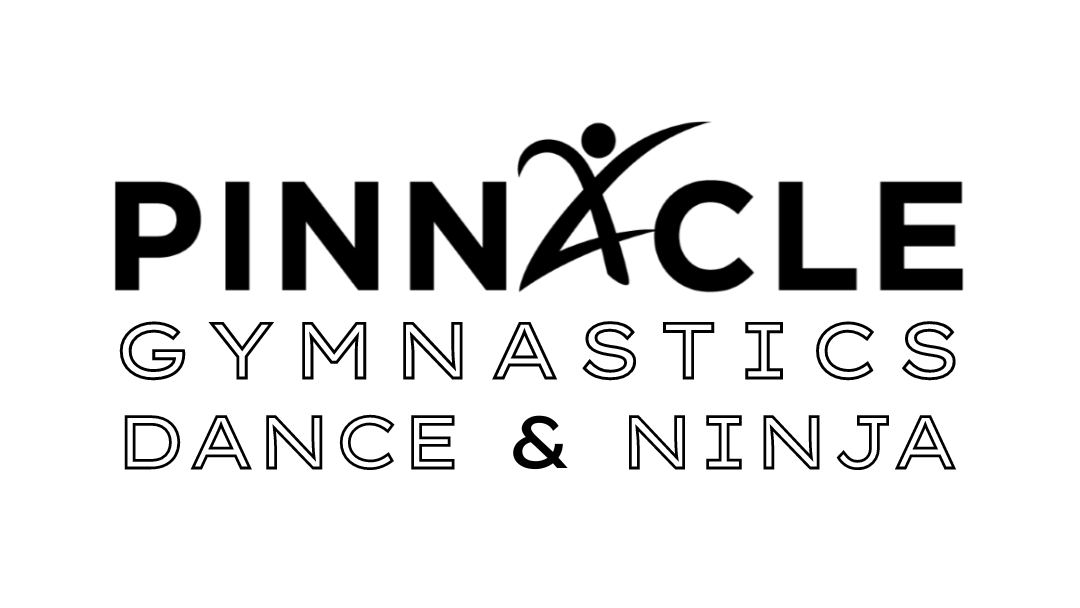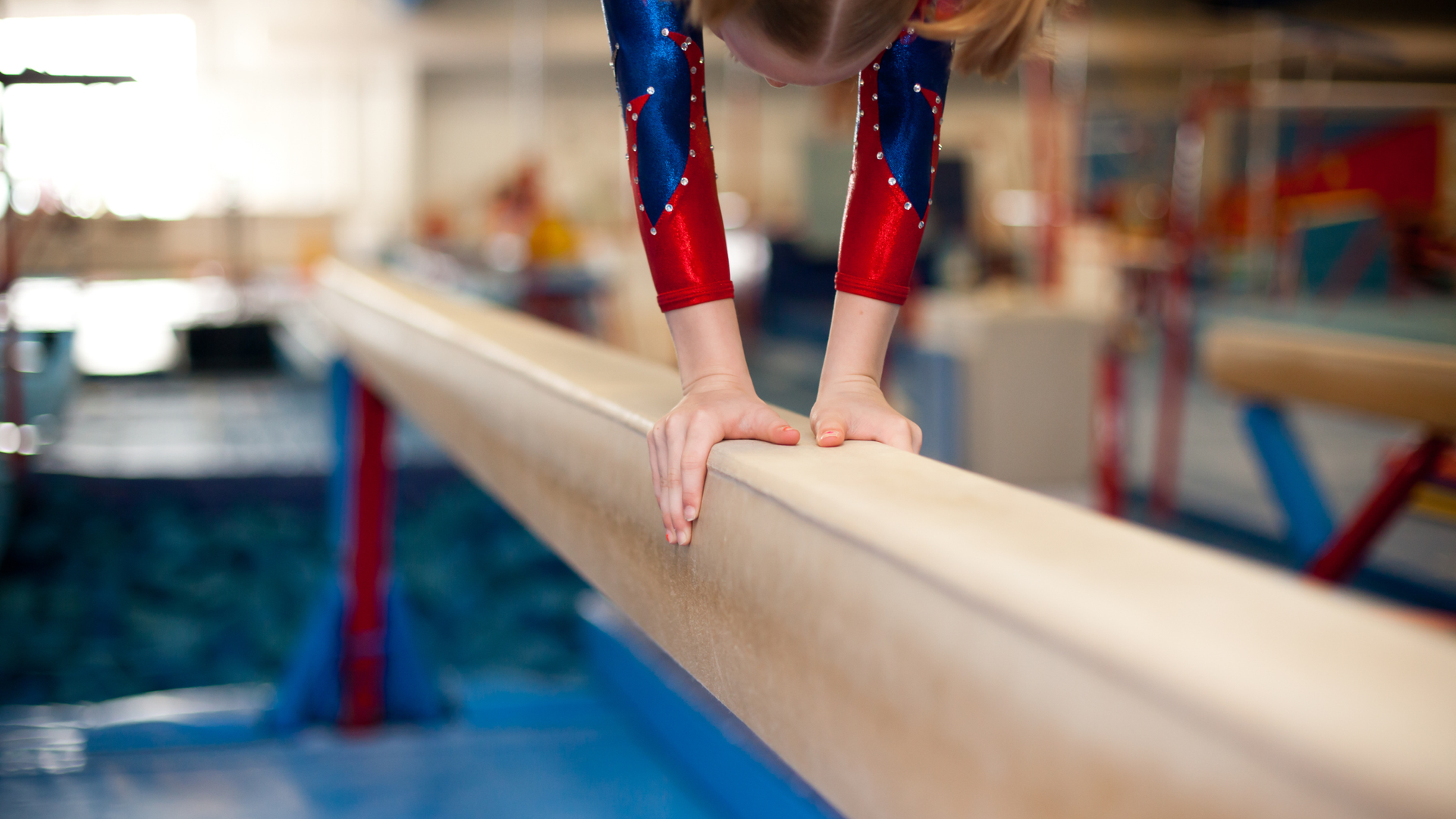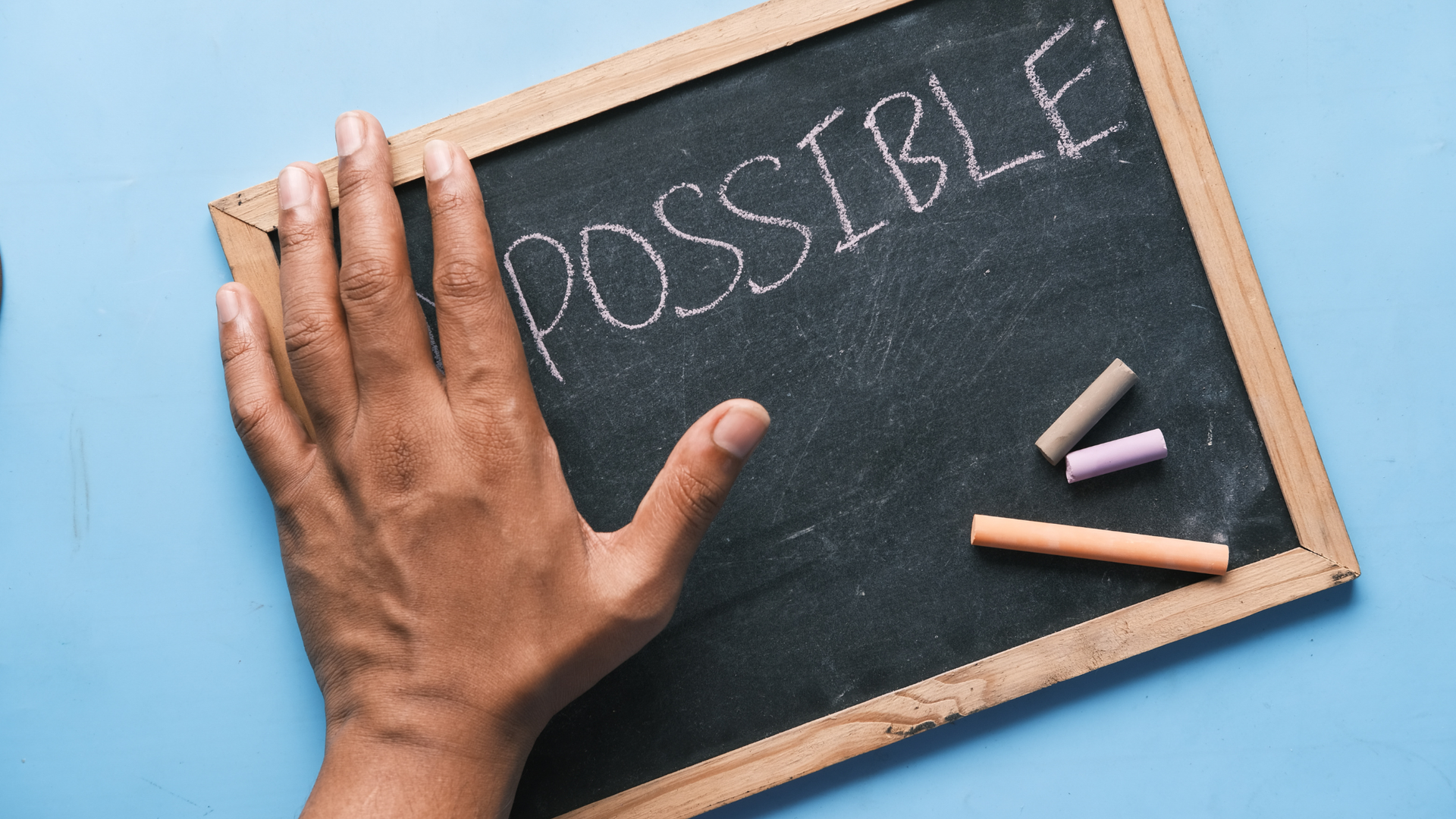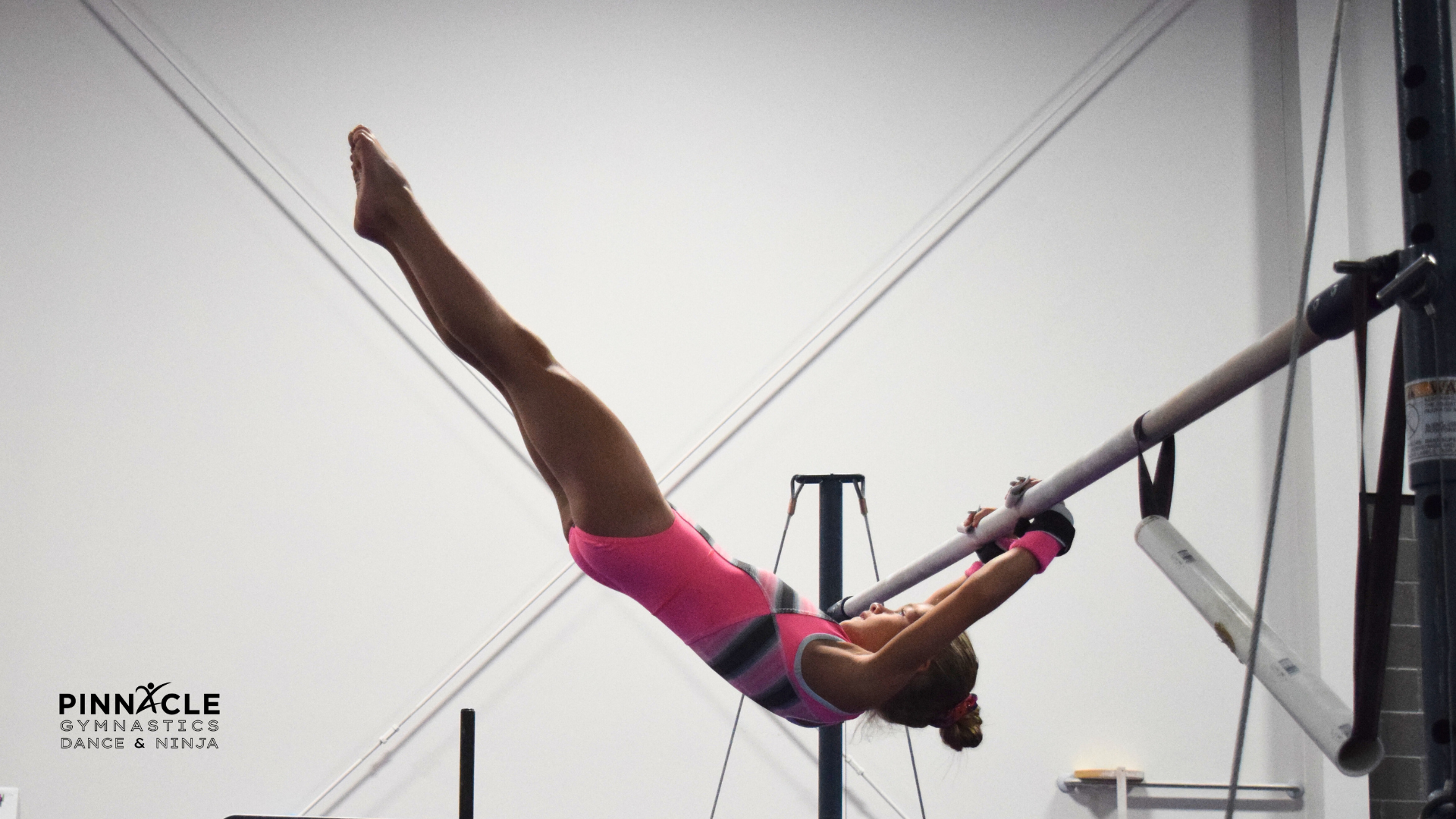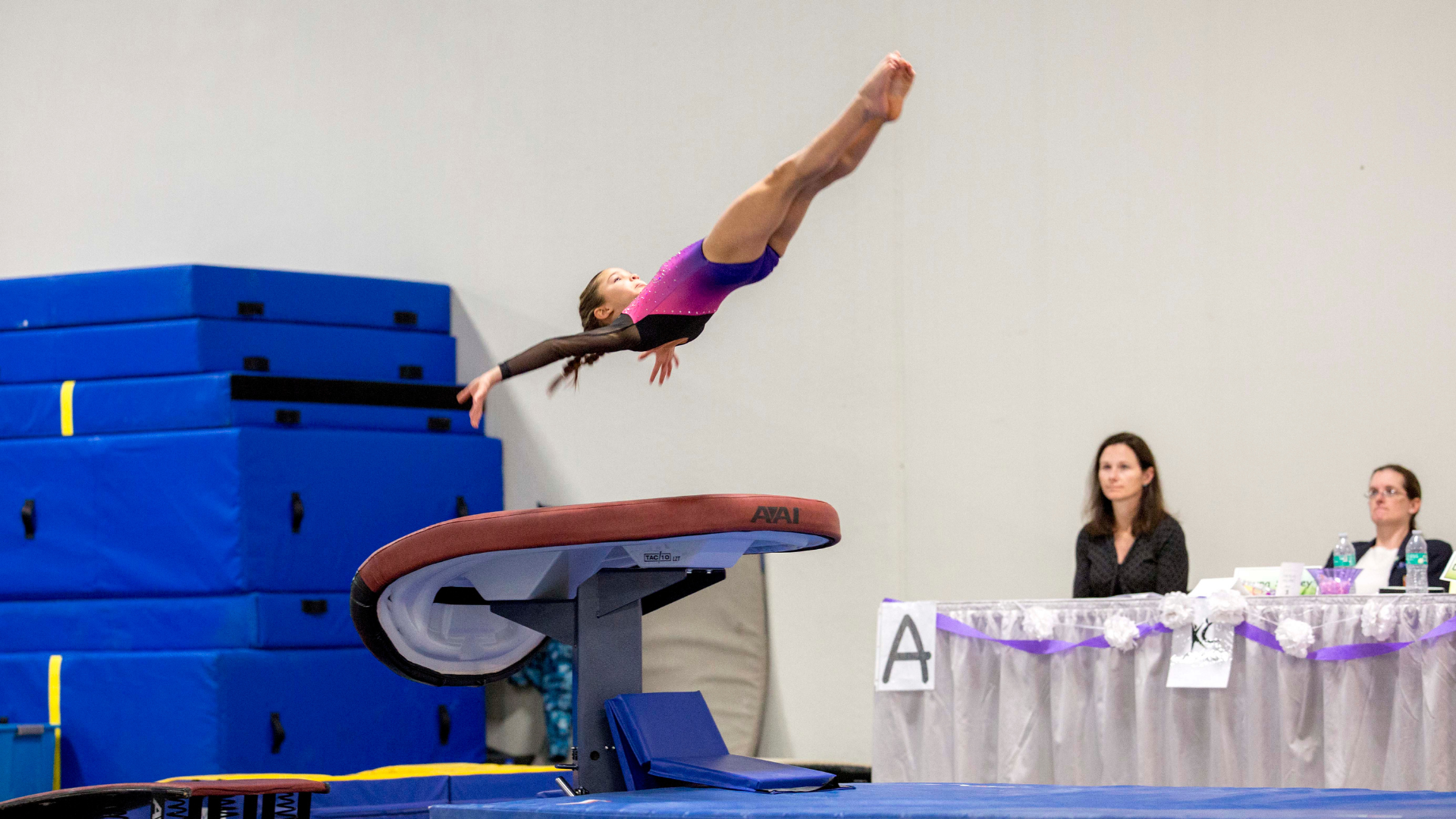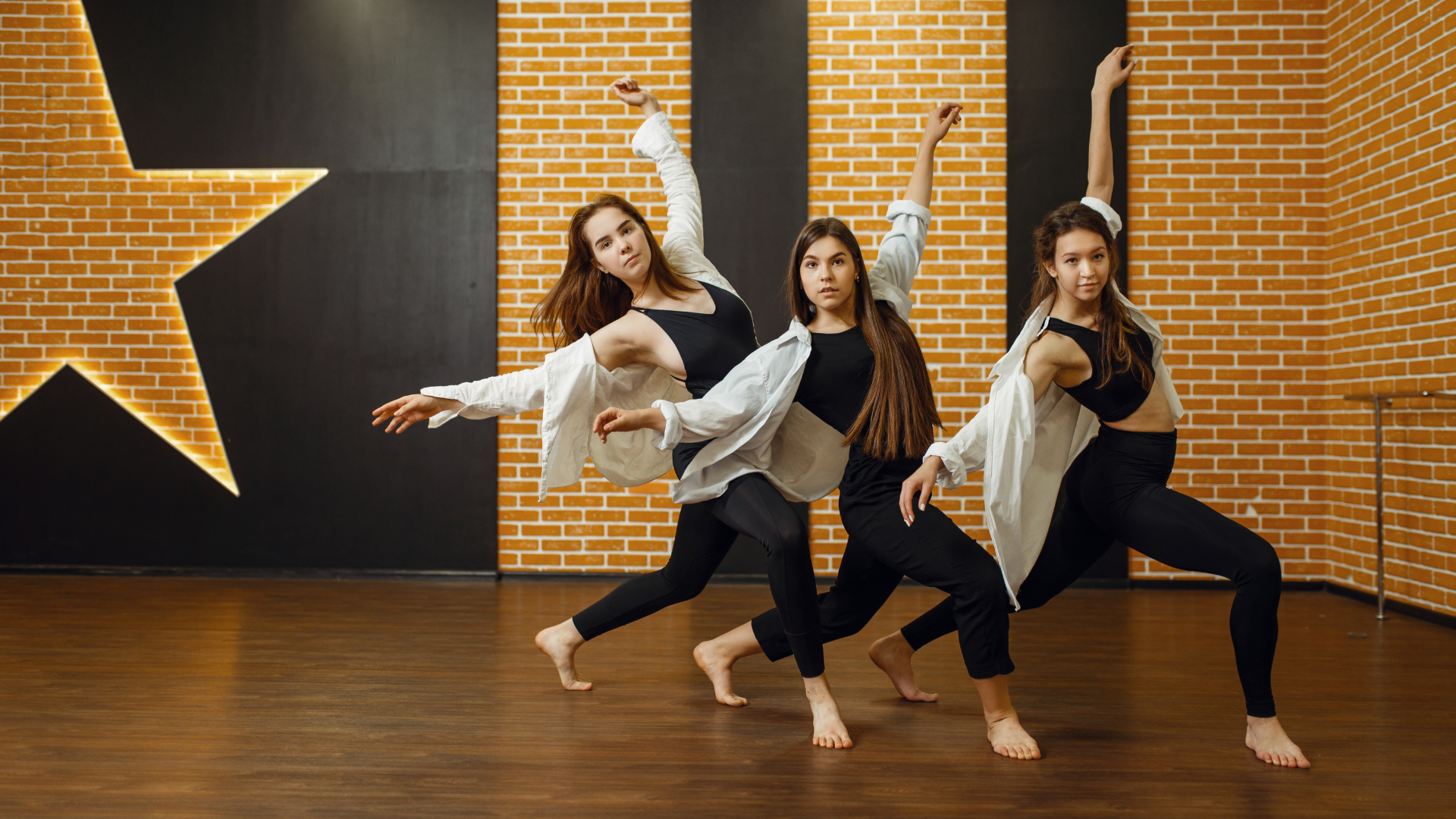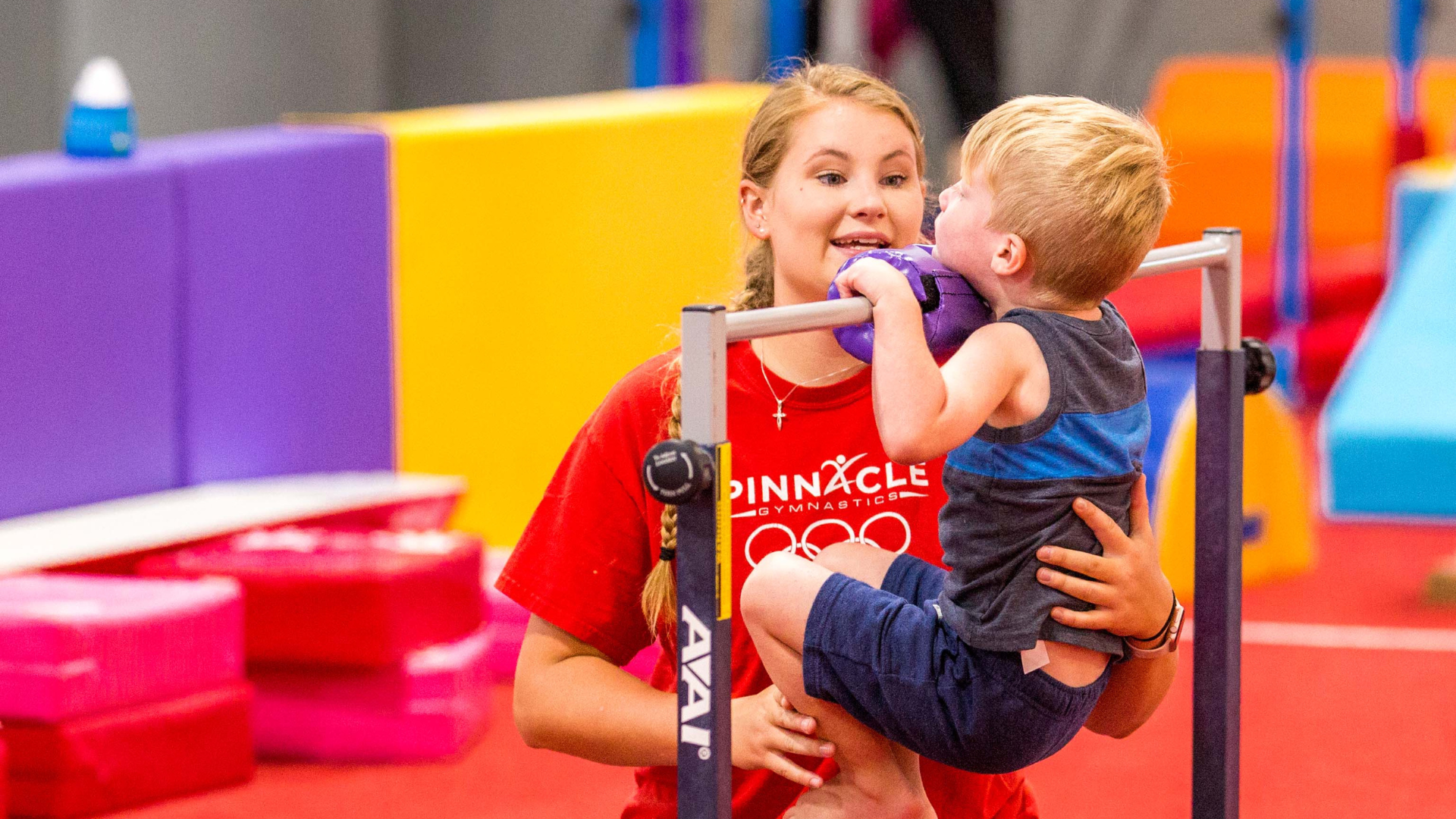Positive Gymnastics Coaching
Gymnastics is a sport that requires dedication, discipline, and a passion for movement. Coaches play a pivotal role in nurturing these qualities in young athletes. However, the manner in which a coach communicates, guides, and motivates their athletes can make all the difference in their overall experience and success. Positive coaching is not just about teaching techniques or routines—it's about fostering a growth mindset, creating a safe space for learning, and inspiring athletes to love the sport and push their limits.
Whether you're a seasoned coach or just starting, adopting a positive coaching style in gymnastics can lead to more confident, resilient, and successful athletes. In this post, we'll explore the importance of positive coaching, how to implement it effectively, and the long-term benefits it brings to both coaches and athletes.
What is Positive Gymnastics Coaching?
Positive coaching is an approach that focuses on encouragement, constructive feedback, and fostering a supportive, motivational environment. Rather than using fear or criticism as tools for improvement, positive coaching uses praise, affirmation, and motivation to build athletes' confidence and resilience. It focuses on athletes’ strengths, celebrates progress, and uses setbacks as opportunities for learning.
In gymnastics, this coaching style is essential, as the sport requires mental toughness in addition to physical ability. Athletes are often expected to perform complex skills under pressure, and the emotional and psychological aspect of training can significantly impact their performance. A positive coaching approach helps athletes build the mental fortitude necessary to succeed and stay passionate about gymnastics.
Key Principles of Positive Gymnastics Coaching
To create a positive and effective training environment, there are several core principles that should guide every interaction with gymnasts:
1. Focus on Effort, Not Just Outcomes
In gymnastics, athletes often strive for perfection, and it can be easy for both coaches and athletes to become fixated on outcomes, such as perfect routines or scores. However, focusing too heavily on the end result can create unnecessary pressure and lead to burnout or frustration.
Instead, encourage athletes to focus on their efforts, improvements, and personal growth. Celebrate small wins, whether it's mastering a new skill, improving flexibility, or showing perseverance in a challenging training session. By placing value on effort and progress, you help gymnasts develop a healthy relationship with both success and failure.
2. Provide Constructive Feedback
Feedback is one of the most important tools coaches have to help athletes improve. However, feedback must be constructive, clear, and delivered in a positive manner. Instead of pointing out what an athlete did wrong, focus on what they did well and provide specific suggestions for improvement.
For example, instead of saying "That was wrong," you could say, "You did a great job on the first half of your routine. Let's work on your landing by focusing on keeping your core tight." This helps athletes feel motivated and empowered rather than discouraged, and it gives them clear direction on how to improve.
3. Create a Safe and Supportive Environment
Gymnastics can be physically demanding and, at times, intimidating, especially for beginners. It’s crucial for coaches to create a safe, supportive environment where athletes feel comfortable making mistakes, asking questions, and learning at their own pace.
Encourage an atmosphere of respect, where athletes support each other and work together as a team. When athletes feel emotionally and physically safe, they are more likely to take risks, overcome challenges, and grow in their abilities.
4. Emphasize the Process, Not Just the Result
Gymnastics is all about the process of learning and improving. A positive coach helps athletes focus on the journey, not just the destination. By teaching gymnasts to appreciate each step they take, whether it’s perfecting a handstand or mastering a tumbling pass, they can develop a more patient and resilient mindset.
Reinforce the idea that mastery comes with time and effort, and that it’s okay to make mistakes along the way. This mindset reduces pressure and helps gymnasts maintain a love for the sport throughout their journey.
5. Build Self-Confidence Through Encouragement
One of the most powerful aspects of positive coaching is the ability to boost an athlete's self-confidence. Gymnasts need to feel confident in their skills to perform them successfully, and this confidence comes from positive reinforcement and belief in their potential.
As a coach, consistently offer encouragement, even during tough training sessions. Celebrate effort, improvement, and dedication. Positive affirmation not only motivates athletes to keep working hard but also reinforces their belief in themselves, even when they face setbacks.
How to Implement Positive Gymnastics Coaching in Practice
Now that we've discussed the core principles of positive coaching, let’s dive into how you can implement them effectively in your gymnastics sessions.
1. Set Clear and Achievable Goals
One of the first steps in positive coaching is setting clear, achievable goals for each athlete. Goals should be personalized, considering each gymnast’s unique strengths and areas for improvement. Setting both short-term and long-term goals helps athletes stay motivated and track their progress.
For example, a gymnast might set a goal of improving their flexibility over the course of the next month, or they may aim to perfect a specific skill, such as their balance beam dismount. Break larger goals into smaller, manageable steps to prevent athletes from feeling overwhelmed.
2. Encourage Teamwork and Positive Peer Interactions
While gymnastics is often an individual sport, creating a sense of community within the team can have a powerful impact on performance. Encourage gymnasts to cheer each other on, provide constructive feedback, and celebrate each other’s successes.
Positive peer interactions foster a collaborative environment where gymnasts learn from each other, support one another through challenges, and build friendships that can last a lifetime.
3. Use Positive Reinforcement
Consistently reinforce positive behavior, whether it’s through verbal praise, high-fives, or other forms of acknowledgment. Focus on what athletes do right, rather than just what they need to improve. This helps create a culture where gymnasts feel valued and motivated to keep progressing.
Positive reinforcement can be tailored to each gymnast’s personality. Some athletes thrive on public recognition, while others may prefer a quieter, one-on-one approach. Understand each gymnast’s needs and provide reinforcement in a way that resonates with them.
4. Incorporate Mental Training Techniques
Mental toughness is just as important as physical skills in gymnastics. Positive coaching should include mental training exercises that help athletes build focus, resilience, and confidence. Techniques such as visualization, deep breathing, and positive self-talk can help gymnasts manage stress, stay calm during competitions, and bounce back from mistakes.
For example, encourage athletes to visualize themselves performing a routine flawlessly or practice positive affirmations such as “I am strong” or “I can do this.” These mental techniques can enhance both performance and overall enjoyment of the sport.
5. Provide Regular Feedback and Check-Ins
Feedback is essential to a gymnast’s growth, but it should be ongoing. Instead of waiting for an entire competition season or training period to provide feedback, offer regular check-ins with each athlete. This can be in the form of a quick conversation after practice or a more formal progress report.
By regularly offering feedback and encouragement, athletes stay engaged and motivated to continue improving. It also allows you to address any concerns or challenges early on, preventing negative feelings from building up over time.
The Long-Term Benefits of Positive Coaching
Implementing positive coaching methods not only benefits gymnasts in the short term but also has lasting effects on their athletic careers and personal lives. Here are some of the long-term benefits:
1. Increased Motivation and Commitment
Athletes who are consistently supported and encouraged are more likely to remain motivated and committed to their sport. Positive coaching fosters a love for gymnastics that goes beyond just winning competitions or achieving perfect routines. When gymnasts feel valued and supported, they are more likely to stay engaged and continue training, even through setbacks.
2. Resilience and Mental Toughness
Gymnasts face numerous challenges, from injuries to performance anxiety. Positive coaching helps build mental toughness by teaching athletes how to deal with adversity and setbacks. A gymnast who feels confident and supported is better equipped to handle failures and view them as opportunities for growth.
3. Better Athlete-Coach Relationships
Positive coaching strengthens the bond between athletes and coaches. When athletes feel understood, respected, and encouraged, they are more likely to trust their coaches and open up about any struggles they may be facing. This strong relationship is crucial for both personal development and achieving long-term success.
4. Holistic Development
Positive coaching focuses on developing well-rounded athletes, both mentally and physically. By fostering qualities such as self-discipline, confidence, teamwork, and perseverance, you’re helping gymnasts grow into more than just skilled athletes—they become strong, confident individuals who can apply these life skills in other areas of their lives.
Using Positive Coaching to Shape Your Culture
Positive gymnastics coaching is about more than just teaching technical skills—it’s about creating an environment where athletes can thrive, grow, and develop a lifelong love for the sport. By focusing on effort, providing constructive feedback, and encouraging self-confidence, you can help young athletes reach their full potential, both in gymnastics and beyond.
As coaches, your influence on your athletes goes beyond the gym. By adopting a positive coaching style, you can shape not only their athletic abilities but also their character, resilience, and passion for excellence.
Ultimately, positive coaching leads to happier, more confident athletes who enjoy the journey of gymnastics, no matter where it takes them. So, start fostering a positive environment today and watch your athletes soar to new heights!
